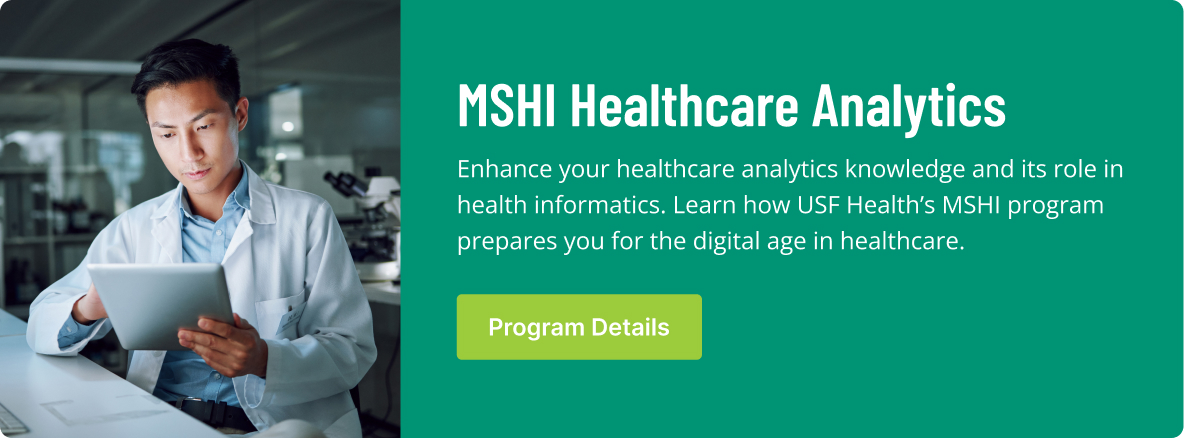The healthcare industry is continuously evolving. Digital solutions such as electronic health records (EHRs) have become a fundamental component in modern medical practices, representing a significant stride toward streamlining patient care and enhancing the efficacy of healthcare services.
This post aims to present how EHRs can – and have – helped transform patient care, healthcare efficiency and quality standards.
Benefits of EHRs to Patients
Communication between physicians can be greatly improved with the use of EHRs, allowing each party full access to a patient’s medical portal rather than a snapshot-type overview from a current visit. This access allows for a more in-depth evaluation and enables doctors to reach an accurate diagnosis more quickly.
In addition, electronic health records can make it easier for doctors to follow up with patients and track continuing care, both under their supervision and that of the patient’s other doctors.
At the very least, electronic health records can save time during a doctor’s office visit. And in case of emergency, these records can provide critical, life-saving information to emergency care providers.
People who find themselves in mass casualty situations, such as natural disasters, can benefit greatly from electronic medical records. Healthcare providers can use EHR in an emergency situation to get a more accurate picture of a patient’s medical history faster than traditional means.
Catastrophic events have demonstrated that patients in these situations are often confused and frightened, making it easy to forget personal medical details. Every second counts during an emergency, so having access to a patient’s medical history, blood type, and allergy information when the patient is unable to communicate can be the difference between life and death. Also, the digital format can make quick access more scalable.
LEARN ABOUT OUR MASTER OF SCIENCE IN HEALTH INFORMATICS PROGRAM
Benefits of EHRs to Healthcare Providers
When a patient is under the care of multiple doctors, tracking his or her history, including allergies, blood type, current medications, past procedures, and other relevant information, can be problematic when relying on paper charts. The use of electronic health records allows multiple care providers, regardless of location, to simultaneously access a patient’s record from any computer. EHRs provide up-to-the-minute information on the patient’s full history, including current test results and the recommendations of other physicians, allowing more efficient collaboration on multiple facets of a patient’s care.
Medical practitioners can quickly transfer patient data to other departments or providers, while also reducing errors, which yield improved results management. Both patients and employees often respond positively to these process improvements, as it can help keep a facility’s schedule on track.
Reducing medical errors is obviously of tremendous benefit to both doctor and patient. An electronic health records system of information eliminates the problem of lost and/or misplaced patient files while also naturally eliminating data errors that can occur from transcription.
EHR Benefits Breakdown
Less Paperwork and Fewer Storage Issues
In the healthcare industry, administrative duties represent a significant amount of time and costs. Clinicians and staff can spend a large portion of the workday filling out and processing forms. Because they are paperless, EHRs streamline a number of routine tasks. As the amount of paperwork decreases, the required storage space also declines. With instant storage and retrieval of digital EHRs, healthcare providers may see their offices become less cluttered, as storage needs decrease and efficiency rises.
Increased Quality of Care
EHRs provide the ability to exchange complete health information about a patient in real-time. Accurate, up-to-date, and thorough information naturally leads to a higher quality of care, from better diagnoses to reduced errors. By sending automatic reminders for preventative visits and screenings, EHRs can help also patients better manage their conditions and participate more fully in their healthcare. When it comes to medications, paper prescriptions can be lost or misread, leading to errors in dosage or even the wrong medication being dispensed. Electronic prescribing allows physicians to communicate directly with the pharmacy, reducing errors and saving time by eliminating lost prescriptions. Patient safety is also improved, as electronic prescribing automatically checks for potentially dangerous drug interactions.
Financial Incentives
Procuring the necessary equipment, hiring the personnel to implement it, and training staff on new procedures to transition to EHR can be costly for healthcare providers. Fortunately, financial incentives are available to help organizations recoup their investment. Through the Medicare EHR Incentive Program and the Medicaid EHR Incentive Program, eligible providers (EPs) can earn incentives for the adoption and meaningful use of EHR technology.
Increased Efficiency and Productivity
EHRs can be more efficient than paper records by allowing centralized chart management and quicker access to patient information from anywhere with condition-specific queries. Communication with other clinicians, insurance providers, pharmacies, and diagnostic centers is faster and trackable, which cuts down on lost messages and follow-up calls. Office management is streamlined through integrated scheduling that is linked to progress notes, automated coding, and insurance claims. All of these EHR features generate significant time savings, leading to greater productivity.
Better Patient Care
What’s good for healthcare providers is often good for patients too. Streamlined access to a patient’s complete records means no more filling out the same paperwork at each doctor’s or specialist’s office. Every provider can see which diagnostic tests a patient has had, along with which treatments worked and which didn’t. Patients are less susceptible to duplicative testing or imaging procedures because the results and images are all in one place. Better coordination among providers leads to more accurate diagnoses, improved management of chronic conditions, and better overall patient care, which should always be the central focus of healthcare provision.
The Impact of EHRs
From a patient perspective, the integration of EHRs has been transformative. EHRs empower patients by giving them access to their own health records, fostering an environment of transparency and proactive engagement in their healthcare journeys. Educating patients about their conditions and involving them in treatment decision-making leads to better outcomes and patient satisfaction.




